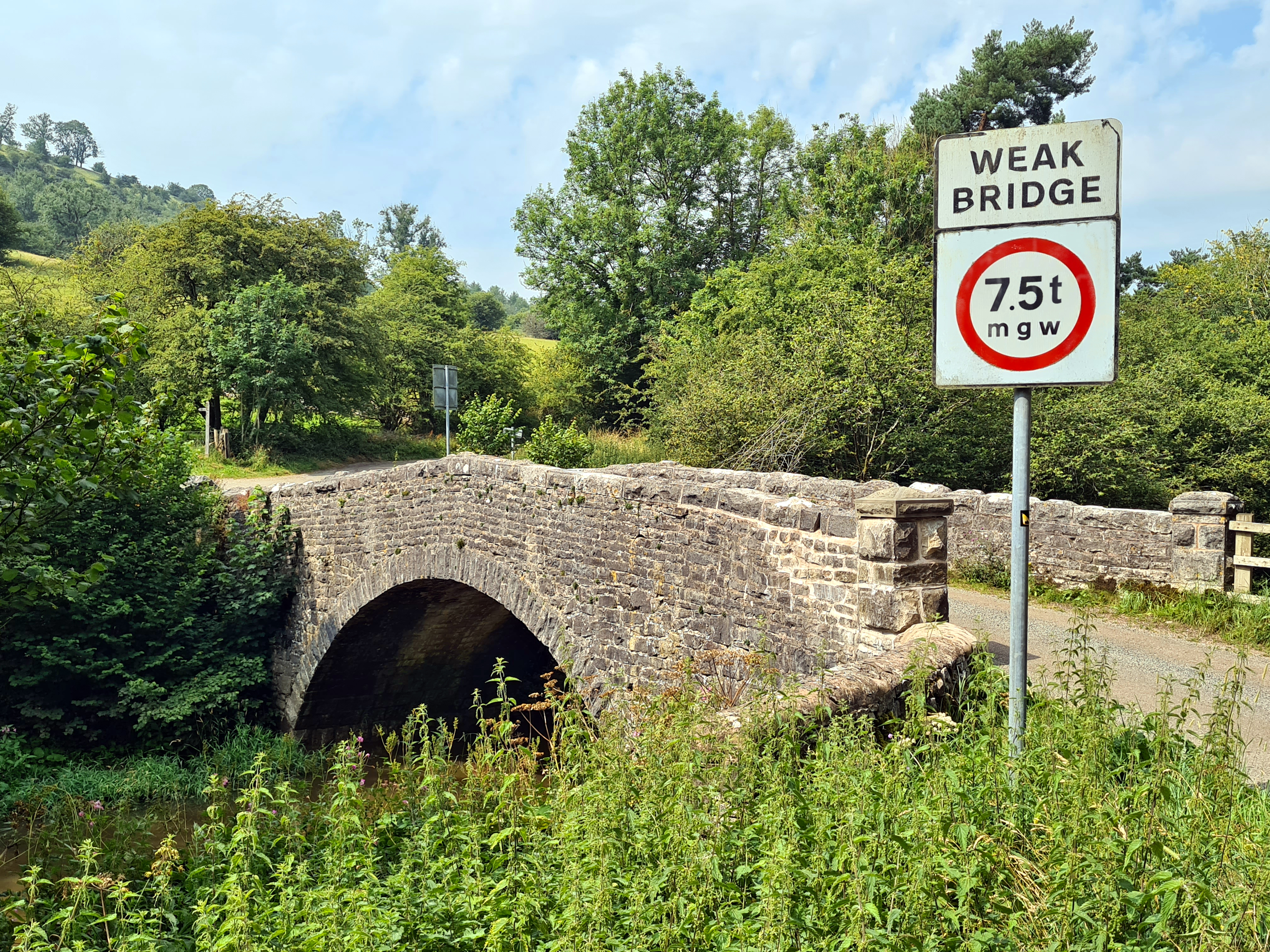

A joint project helped update guidelines for assessing how centuries-old masonry arch structures will behave in the real world under load
Join other savvy professionals just like you at CIHT. We are committed to fulfilling your professional development needs throughout your career

Repetitive rather than single point loading is more accurate in determining the safety of old bridges
Masonry arch bridges comprise around 40% of UK bridge stock, yet despite having been around for over 4000 years, we don’t fully understand their behaviour under load. However, the publication of ‘Guidance on the assessment of masonry arch bridges’ (CIRIA C800), instigated by the UK Bridges Board (UKBB), should improve the situation.
The new guidance provides a more sophisticated and accurate assessment of the effects of loading on these types of bridges. Dr Hazel McDonald, chair of the UKBB and chief bridge engineer at Transport Scotland, explains how it came about. “With growing concern that available assessment methods were potentially being used in situations where they may not have given a safe result and the growing research into limit state analysis of arches, UKBB supported a Bridge Owners’ Forum (BOF) research proposal on this topic,” she says.
The commonly used assessment method – the Military Engineering Experimental Establishment (or MEXE) method – was derived from work in the 1930s/40s by the military for the rapid evaluation of masonry arches. The BOF identified research from Salford and Sheffield Universities that was based around repetitive loading of masonry arches. Until this point, assessment of loading on masonry arch bridges was based on applying a single point load on an arch and seeing how it failed. The new research – involving repetitive loading (one axle load after another) – provides a much better representation of how the arch behaves in the real world. This led to a new ‘permissible limit state’; if bridge owners maintain service loads below that level, damage is unlikely to occur.
One of the authors of the guidance, Graham Cole of ADEPT, says: “The research found that if you repeatedly load a masonry arch in some cases it will break or crack, which previous work did not identify. We’ve seen this on some highway bridges and many railway bridges, where repetitive loading is common as there can be a train of 100 tonne wagons following one another.”
Bob Humphreys of Gwynedd Council provided a practitioner’s view on the steering group for the project, explaining that the current standard from National Highways for assessment of masonry bridges (CS454) will soon be updated as part of an ongoing review of DMRB standards to allow the permissible limit state approach to be used to assess masonry arches for highway bridges. However, he points out that CIRIA C800 can be used to assess both road and rail bridges.
McDonald says: “In tandem with the review of the DMRB standards, this was an opportune time to refresh the guidance. Funding was secured from DfT for a research project led by Matthew Gilbert of Sheffield University, with CIRIA commissioned to publish the updated assessment guidance. With members of UKBB on the steering group and a former member a joint author, this is an excellent example of the working relationship between UKBB and BOF, which culminated in this invaluable guidance.”
FURTHER INFORMATION
The new guidance is available to download for free from CIRIA, ciria.org
{{item.AuthorName}} {{item.AuthorName}} says on {{item.DateFormattedString}}: